Finding the ideal combination of strings is a process that can take a lifetime. Here, some of the world’s leading cellists – and two up-and-coming chamber musicians on the competition circuit – discuss their choices

ALISA WEILERSTEIN
With most strings, I find you can achieve either projection or a wide range of colours and subtleties, but not both. With medium Superior Jargar A and D strings and Thomastik Spirocore G and C, however, I can cover the widest expressive range and get my sound out to the back of the hall with no problems. The strings aren’t just loud, they have a complex variety of shades. One of the things I love the most about my instrument, a 1723 Montagnana, is that it’s a total chameleon capable of producing a broad spectrum of sounds. It’s great to have strings that reflect that.
I play a lot of contemporary repertoire, but the music I’m performing doesn’t really affect which strings I use on my cello. If something isn’t working, if I just can’t get the sound right, I try to solve the problem by adjusting my playing and approaching it from different angles. If it still doesn’t work I might try different strings but I always return to the same combination. It just suits the instrument so well – whether I’m performing works by Bach or Matthias Pintscher.
‘I always return to the same combination – it suits the instrument so well’
The previous A and D strings I was using had a sweetness to them, not unlike that of my Jargar strings, but they sounded quite ‘covered’ too and I didn’t like that at all. I almost had to work against them to open out my sound and to give it an edge.
Of course, climate does affect the way the strings behave but I don’t swap them according to the conditions I’m playing in. I once learnt a hard lesson about temperature when I was performing in New York in the winter. It was -15 degrees C and the concert was outdoors. We were playing the Brahms F major Quartet – not exactly a violent piece – but my strings were so cold that I managed to break the A right at the start and the C in the final movement. I’d never broken a C string in performance, and certainly not one as durable as a Spirocore!
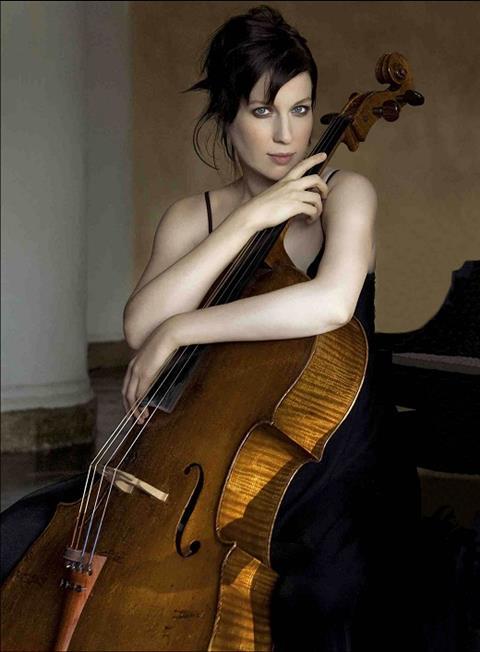
WENDY WARNER
Because the personality of my 1772 Giuseppe Gagliano is so dark, I need strings that give the sound more of an edge and help it to project. Steel-core Jargar Classic A and D strings, wound with a chrome alloy, vibrate very quickly and brighten the tone perfectly. I use medium tungsten-wound Thomastik Spirocore for the G and C strings, as they help the instrument retain its deep, sonorous quality but with extra focus and bite.
I also have a cello made by Becker & Sons from 1963, which has a much brighter sound. Although its tone is still maturing, I won’t be around to hear it when it’s at its mellowest. It sounds really beautiful with medium-tension Larsen A and D strings; their steel cores make it sound richer and soften its slight edge. I always feel that the choice of A and D strings affects the sensibility of the entire instrument. I’m not sure of the scientific explanation, but using the Larsen strings makes the cello glow across the whole range and evens out the sound from top to bottom. Spirocore G and C work just as well on this instrument too.
‘I’ve learnt how to use the same strings to create different sounds’
These days I don’t change my strings according to the repertoire I’m playing; I’ve worked hard to learn how to use the same strings to create different sounds. I used to use the Becker when I wanted a more strident tone, for instance in the Barber and Prokoviev concertos, but I adjusted the set-up on the Gagliano and now I can create the same effects with the Jargar and Thomastik strings.
The Gagliano sounds great in humid conditions, but is more likely to protest in dry weather. Once, though, after I had spent three days playing in bone-dry New Mexico, I had to fly straight to a performance in Florida – the cello went into shock! Still, I keep the strings the same because I prefer that continuity of sound, but I have installed mechanical pegs to take off some of the strain on the bridge without losing control over the length of the string.
AMIT PELED
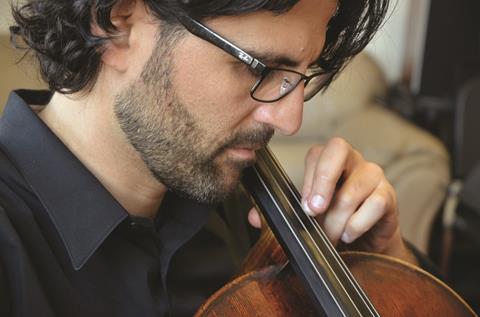
I play the 1733 Matteo Gofriller cello that once belonged to Pablo Casals. It works really well with Evah Pirazzi strings. The instrument has a beautiful, dark sound, full of depth, and the strings have a brightness to them that helps it to cut through to the audience, not just to me. Some of my students have tried them on their modern cellos, and they really don’t work. These strings can make a modern instrument sound like a trumpet!
I often have to play up high, so it’s important to me that my A string doesn’t sound nasal. I really like the Kaplan A, but for some reason my hand gets stuck when I shift on it. I tried using cream to help, because I love the sound quality so much, but eventually I gave up and moved to Evah Pirazzi instead. The Evah Pirazzi C string is softer than the Spirocore strings that many cellists use, and I find that using it relaxes the A string in a way that helps it to become rounder, more beautiful and more tenor-like. The A is very thin and I don’t have to fight to push it down; it has a nice feel when I shift. I have found other types of string more brutal and resistant.
‘If I want a darker sound, I might change everything again’
It’s been difficult to develop my own voice on this cello, and it took me a long time to find the right set-up. It’s really a triangular relationship between the strings, the bow and the cello, and I have a few endpins and a few bows, and a lot of old strings so that I can change them when I want to. In a way, I wish that I had time to experiment more. I might try gut strings, or gut wound with metal, just to strive for that dolce quality that isn’t always there with metal strings. If I want a darker sound, I might change everything again, but for a long while now I’ve used Evah Pirazzi. At the moment I am happy with them, but I cannot guarantee that I will feel the same way next week!
Read: Tips for changing your violin strings
Read: Bruno Philippe on the attraction of gut strings
Read: 9 thoughts about playing on gut strings

STEVEN ISSERLIS
To be honest, I don’t think all that much about my strings. There are soloists who insist on replacing them every other month, but I’m quite happy to change the lower strings every two years – unless they break. The A string needs a little more care, and I change it every two months or so.
For a long time, I’ve primarily used gut strings: a Pirastro Oliv C string and the Eudoxa range, also by Pirastro, for the A, D and G. In my opinion, gut has a more organic sound (it’s in the name) – I think the tone quality is warmer and mellower than that of steel strings. That said, I do have steel strings on my Montagnana cello: when Daniel Müller-Schott was studying with me, I loaned him the Montagnana and he put steel strings on it. Since then, I’ve left them on, because there are a few works in the repertoire for which I think the sound of steel is more appropriate – the Prokofiev Cello Concerto and Shostakovich’s Cello Concerto no.1, for instance, which require a harder, more ‘anti-Romantic’ sound.
‘It’s a bit of a myth that gut strings take longer to play in’
The only times I’ve encountered a problem with using gut strings have been when I’ve been touring in places with high humidity levels. I’ve played a few times with the Hong Kong-based Asian Youth Orchestra, and on each occasion I’ve used steel strings. It didn’t take too long to adjust to them. There’s also an idea that gut strings take longer to play in. I think that’s a bit of a myth – for me, the C string takes about half an hour, while the A can take just a few minutes.
As far as projection goes, I’ve never found gut strings to be in any way inferior to steel. My friend and fellow cellist Lynn Harrell told me he once conducted an experiment, playing the Schumann Concerto two nights in a row, in the same concert hall, using gut strings on the first night and steel on the second. He set up a cassette recorder at the back of the hall and compared the two recordings afterwards; he couldn’t tell the difference. I don’t think that having a warmer sound necessarily means it has to be quieter as well.
I should say that I’m only talking about my own preferences; I would never try to convince anyone to play on strings that they didn’t feel comfortable with themselves.
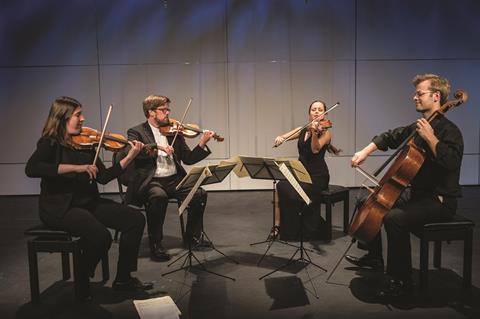
CHRISTOPHER GRAVES
Castalian Quartet
At the moment I’m using Larsen Magnacores for my G and C strings, and Jargar for the A and D. I’m not really a steel string player at heart, as I grew up using gut strings such as Pirastro’s Eudoxa and Oliv, but for various reasons I haven’t played on them in a while. These steel strings are good quality: they work well for chamber playing and are very reliable. They are a safe option for competitions, when we need to travel to a different country without really knowing what the climate will be like, or what kind of warm-up room we will have – whether, for example, it will be a similar temperature and humidity to the concert stage.
I realise I am chickening out a little, as gut strings aren’t even all that unstable, but if you are playing in many different types of environment, and sometimes outside, you can’t rely on them absolutely.
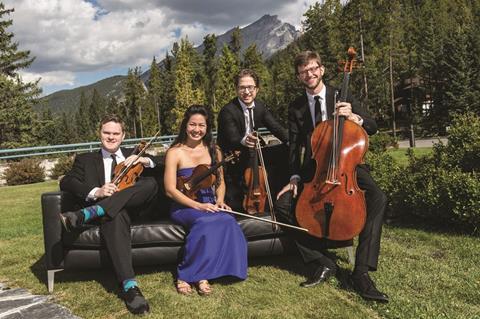
ALAN RICHARDSON
Aeolus Quartet
I use a fairly standard choice of strings on my instrument: normally Larsen for the A and D, and Thomastik’s Spirocore for the C and G. I sometimes vary the top two strings a little, and at the moment I’m using a Jargar D string – these have more warmth, but conversely they project with a little less clarity. In a competitive environment, using a Larsen A string on my instrument works particularly well because it’s extremely bright and projects right to the back of the concert hall. In those moments where the cello is really showcased, my A string allows me to rise above the rest of the quartet. I have done some experimenting with other sets of strings, but the combination of Larsen and Spirocore feels most comfortable for me – with the exception of sometimes throwing a Jargar in there.
These interviews were first published in the The Strad’s Accessories 2016 supplement

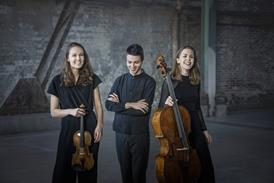

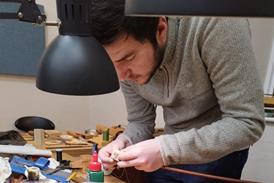

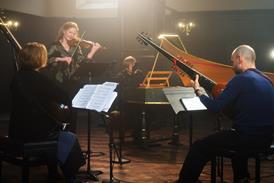
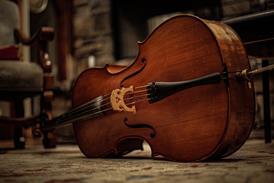




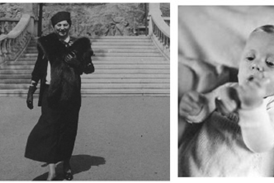
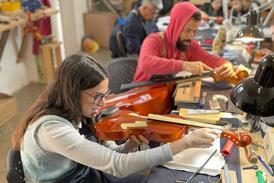
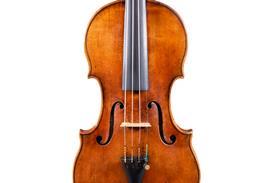
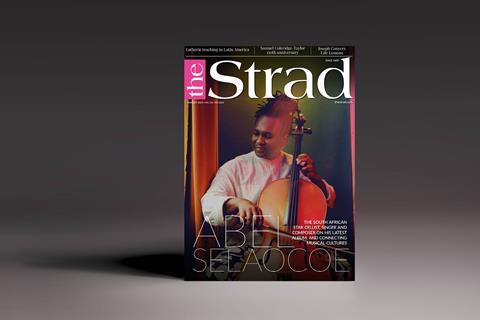



















2 Readers' comments